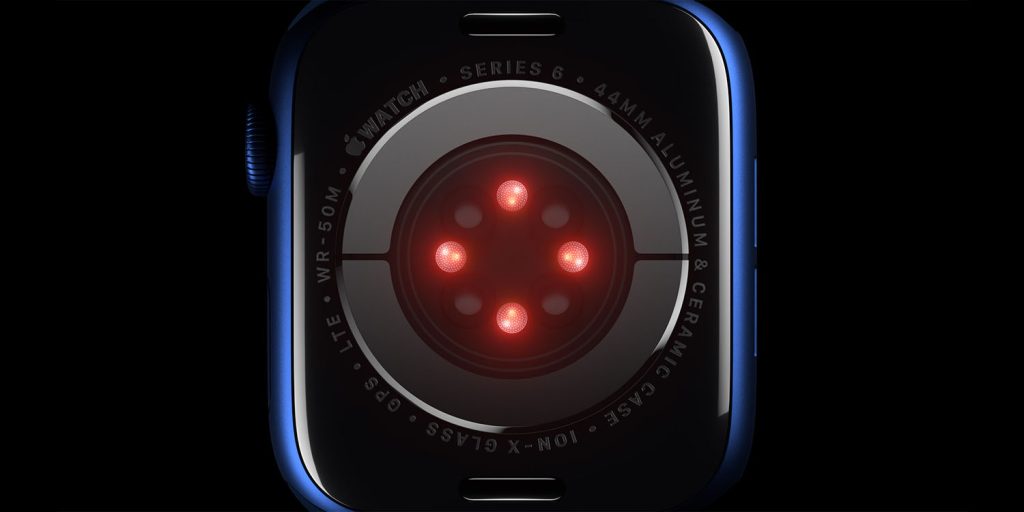
As the saga of the Apple Watch ban in the US continues, we’ve been learning more about what exactly led medical technology company Masimo to file a lawsuit against Apple years ago. A new Bloomberg report on Wednesday revealed how Marcelo Lamego, one of Masimo’s key engineers, was hired by Apple after emailing Tim Cook.
The story behind a Masimo engineer hired by Apple
Lamego, a Brazilian Ph.D. in Electrical Engineering from Stanford, joined Masimo in 2003 as a research scientist. In 2006, he became chief tech officer at Cercacor, “a Masimo spinoff.” He worked there until January 2014, when he left the company to join Apple.
But the story behind how he was hired by Apple and his role there is quite intriguing – and now part of the legal documents in the dispute between Apple and Masimo.
Apple approached Lamego about a potential hire in early 2013, when executives from both companies had been meeting in order to reach a deal. The engineer first rejected the offer, but he changed his mind after Masimo’s CEO refused to offer him a better position in the company. When this happened, Lamego emailed Apple CEO Tim Cook asking for a job.
“I have developed several medical devices in the last 10 years and I am positively sure I could add a significant value to the Apple team, if I was given the chance of becoming part of it,” the engineer wrote. “I strongly believe that we can develop the new wave of technology that will make Apple the No. 1 brand in the medical, fitness and wellness market,” he told Cook.
Masimo and Apple never reached an agreement to share technologies, but Apple was already developing the Apple Watch and decided to hire Lamego to help with the project. In addition to Lamego, about 20 other Masimo employees were hired by Apple at the time.
Lamego officially joined Apple’s R&D team in January 2014, but he only worked at the company for seven months. Long-time Apple executive Steve Hotelling, who is now retiring, told that Lamego “didn’t fit in at the company” as he “clashed with managers, demanded multimillion-dollar budgets and wanted the ability to hire his own engineers without approval.”
Apple Watch’s blood oxygen sensor

According to Masimo’s lawyers, the engineer had no real knowledge of how to develop the blood-oxygen feature that Apple was interested in, yet he shared what he knew from Cercacor and Masimo.
Apple Watch was announced in September 2014, but only with basic heart rate monitoring capabilities. The blood oxygen level sensor only became a reality in 2020 with the Apple Watch Series 6. In the meantime, Lamego started his own company, True Wearables, and launched a device called Oxxiom for continuous monitoring of blood oxygen levels.
Masimo sued the startup and succeeded in stopping the company from selling the product. After that, with rumors of Apple developing a new Apple Watch model with a blood oxygen sensor, Masimo accused Apple of stealing its technology by hiring its key engineers.
The medical tech company first wanted Apple to pay more than $3 billion in damages. Apple has reportedly been working on ways to circumvent the Apple Watch ban in the US with legal means and also with a software update. Both companies are expected to return to court at the end of October if they don’t reach an agreement by then.
- AliveCor praises ITC for Apple Watch ban in the US as it still disputes with Apple
- Apple Watch ban: Here’s Apple’s full appeal of the ITC ruling
FTC: We use income earning auto affiliate links. More.



Comments